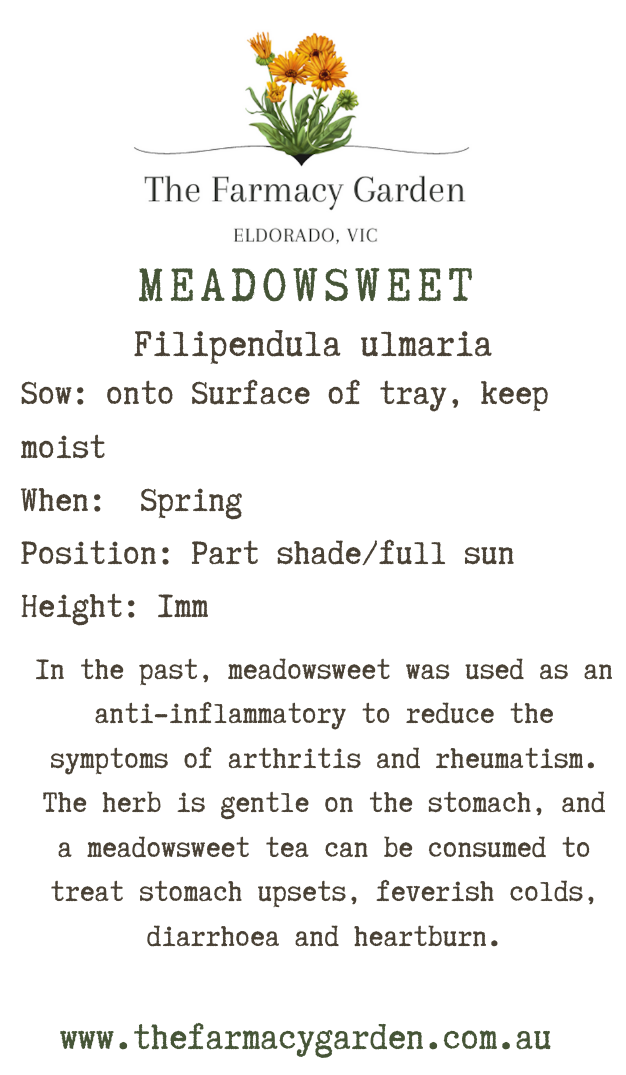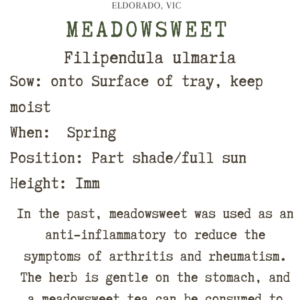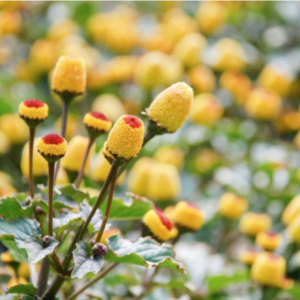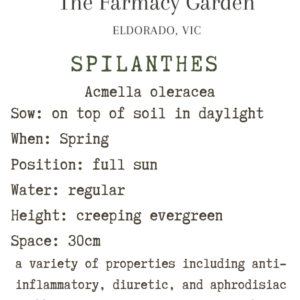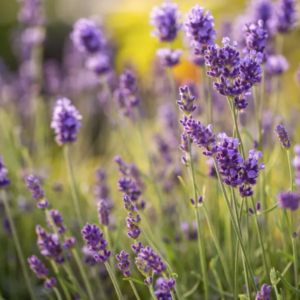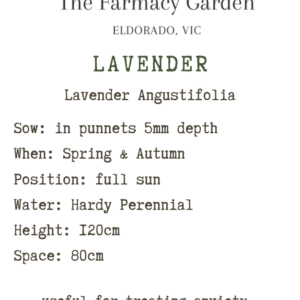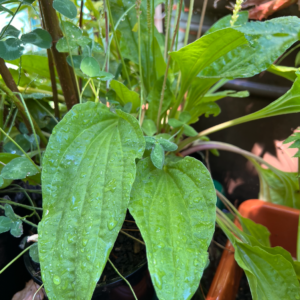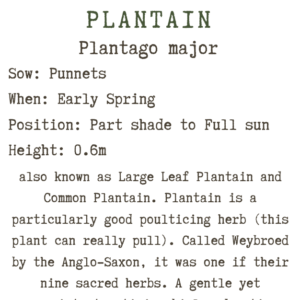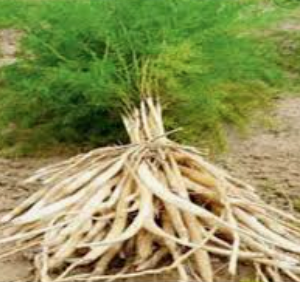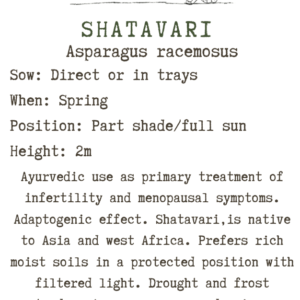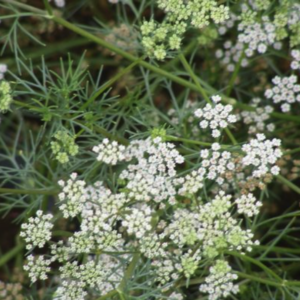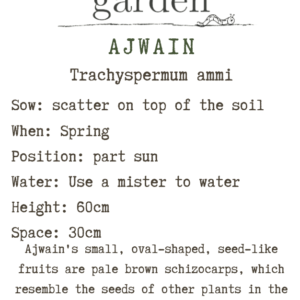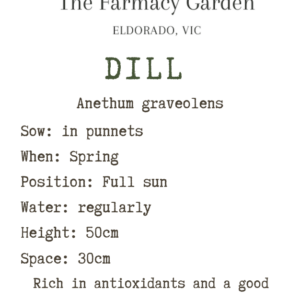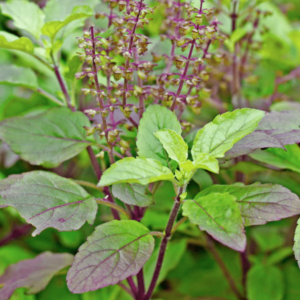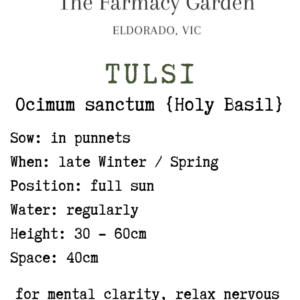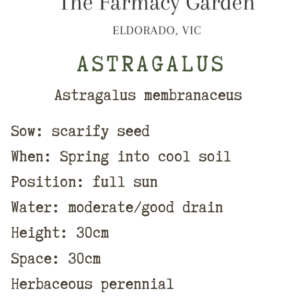Meadowsweet Seed, Filipendula ulmaria
$4.50
The tall stems of Meadowsweet (Filipendula ulmaria) are furrowed and sometimes purplish, and the leaves are dark green on the upper side and downy whitish underneath. The fern-like foliage with tufty, creamy-white clusters of flowers bears tiny, dry capsules as seeds.
Sweetly scented meadowsweet was famous as a strewing herb and as a flavouring for mead.
The tall stems of Meadowsweet (Filipendula ulmaria) are furrowed and sometimes purplish, and the leaves are dark green on the upper side and downy whitish underneath. The fern-like foliage with tufty, creamy-white clusters of flowers bears tiny, dry capsules as seeds.
Sweetly scented meadowsweet was famous as a strewing herb and as a flavouring for mead. Meadowsweet is a perennial flowering herb that produces large upright clusters of white, fluffy flowers. The flowers are edible and taste like sweet nectar.
GROW: This plant likes moist boggy soil in a shaded to part sun position. Sow on surface as they need light to germinate, soil temp should be 10-15 degrees, pat down and keep moist, leave in a shaded area for germination, seedlings emerge 10-30 days. Best germination if seeds are cold stratified first.
HARVEST: Harvest meadowsweet in the middle of summer when it is in full flower (mid January/February). Harvest on a nice, dry and sunny day. Use a field knife or secateurs to cut the aerial part of the plant leaving about 10 cm. Leaves can be harvested before flowering.
USE: Edible and medicinal – Leaves, blossoms, buds and seeds. Flavours from the flowers are reminiscent of hay, almond and vanilla. Leaves contain a delicious watermelon flavour, but this is masked by a strong antiseptic flavour.
Meadowsweet is used for colds, bronchitis, upset stomach, heartburn, peptic ulcer disease, and joint disorders including gout. It is also used to increase urine output and kill germs in the urine of people with bladder infections. It also has a mild anti-inflammatory effect and a pain-relieving effect.
Related products
Medicinal Herb Seeds
Flower Seeds
Medicinal Herb Seeds
Medicinal Herb Seeds
Flower Seeds


